To Contact Me


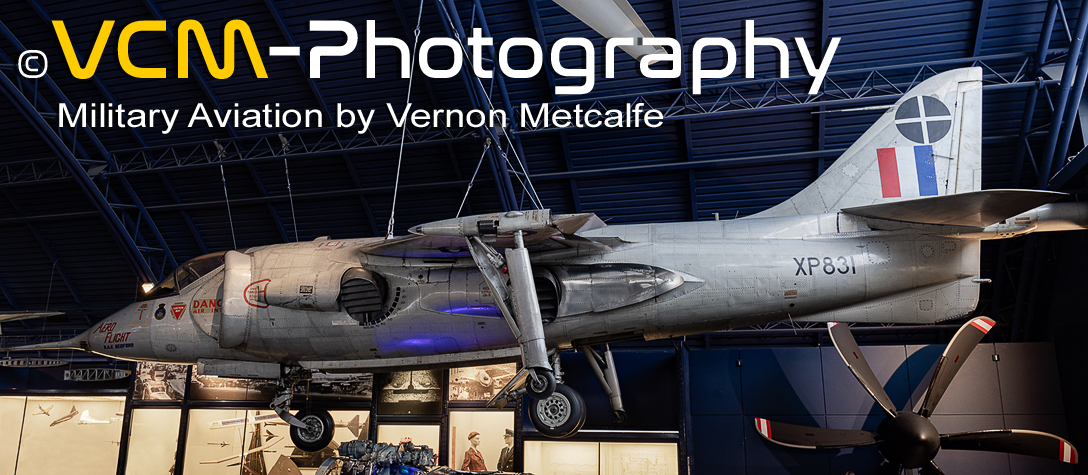
Date of visit: September 2022
Located on Exhibition Road, South Kensington, the Science Museum is one of five museums in the Science Museum Group.
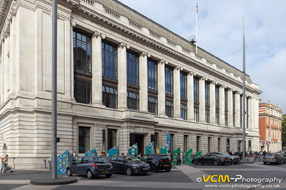
Copyright © VCM-Photography
The museum was founded in 1857, from the collection of the Royal Society of Arts and surplus items from the Great Exhibition
of 1851, as part of the South Kensington Museum, together with what is now the Victoria and Albert Museum. In June 1909, the Science
Museum separated from the Art Museum and became an independent entity.
The Science Museum consists of two buildings ‑ the main building known as the East Block, which was designed by
Sir Richard Allison and opened to the public over the period 1919 to 1928 and the Wellcome Wing, which was completed in 2000.
The museum has interactive and educational exhibits which cover four main topics: science, medicine, information technology
and engineering, which is presented in sixteen thematic galleries. The gallery layout changes frequently and the museum often presents
temporary exhibitions.
Aviation is exhibited in two areas of the museum: Making the Modern World and the Flight gallery.
Click on a Photo to activate the link. All photographs open in a new window.
Making the Modern World Exhibits
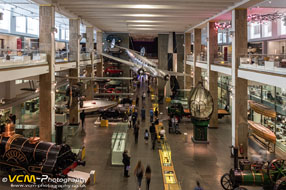
Copyright © VCM-Photography
Making the Modern World gallery is located in the main building on the ground floor (level 0). This gallery charts the history
of science and technology, from the start of the Industrial Revolution in the late 1950's, through to the present day.
In this gallery one will find some of the most famous exhibition objects, such as: Puffing Billy, the oldest surviving
steam locomotive from the year 1813. Early aircraft to the Apollo 8 Command Module (Charlie Brown). The Eilean Glas
Light (lighthouse lens), to the Babbage's Difference Engine No.1 and the first Apple computer.
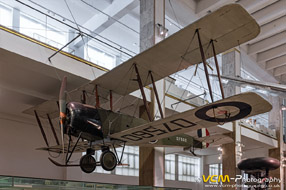
Copyright © VCM-Photography
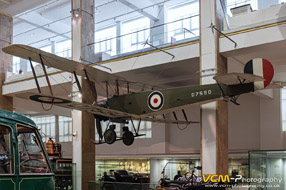
Copyright © VCM-Photography
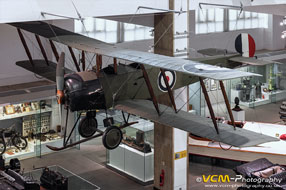
Copyright © VCM-Photography
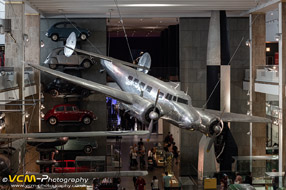
Copyright © VCM-Photography
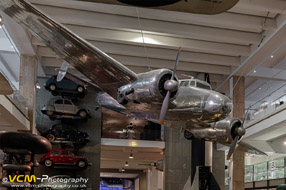
Copyright © VCM-Photography
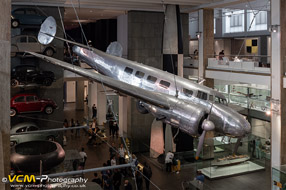
Copyright © VCM-Photography
Flight Gallery Exhibits
The Flight gallery is located in the main building on level 3. The gallery which opened in 1963, charts the development of flight in the 20th century. The gallery exhibits a number of aeroplanes and aero engines, which can be viewed from floor level or an overhead walkway.
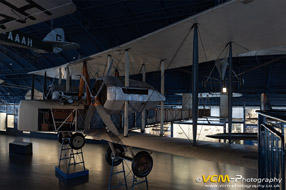
Copyright © VCM-Photography
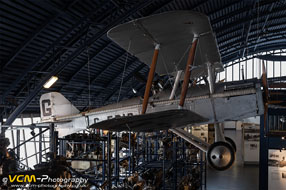
Copyright © VCM-Photography
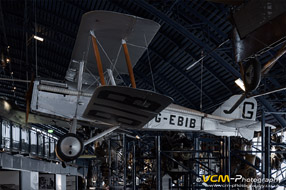
Copyright © VCM-Photography
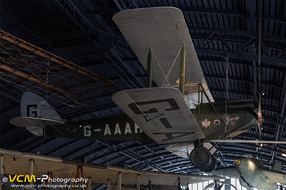
Copyright © VCM-Photography
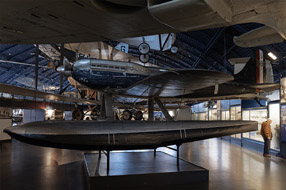
Copyright © VCM-Photography
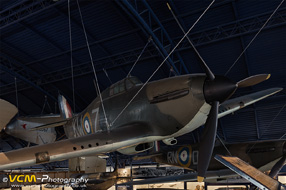
Copyright © VCM-Photography
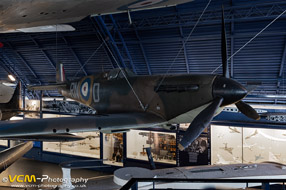
Copyright © VCM-Photography
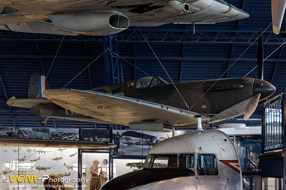
Copyright © VCM-Photography
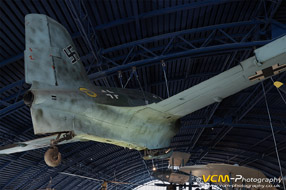
Copyright © VCM-Photography
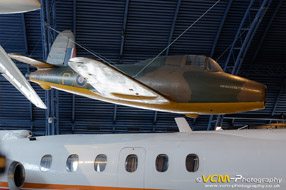
Copyright © VCM-Photography
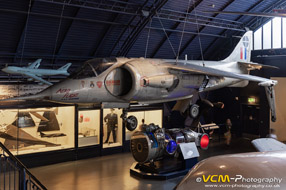
Copyright © VCM-Photography
Photography Notes
Photography at the museum was challenging as I did not have a tripod or flash. As with a lot of museums the buildings have not been designed for displaying aircraft, so some exhibits have been squeezed into confined spaces, preventing a clear view of the subject. The Flight Gallery was especially difficult due to the lighting. Three sides of the display area had large windows. The fourth side of the room had lighted display cases, while the central core area had very subdued lighting. Though very atmospheric, the lighting combined with trying to get a suitable angle on the subject meant that the aircraft were either backlit or dimly lit. As a result I was unable to get satisfactory photographs of the Saunders‑Roe Skeeter AOP.12 (XN344) and Cuerva C.30A (AP507 ‘KX‑P’).

